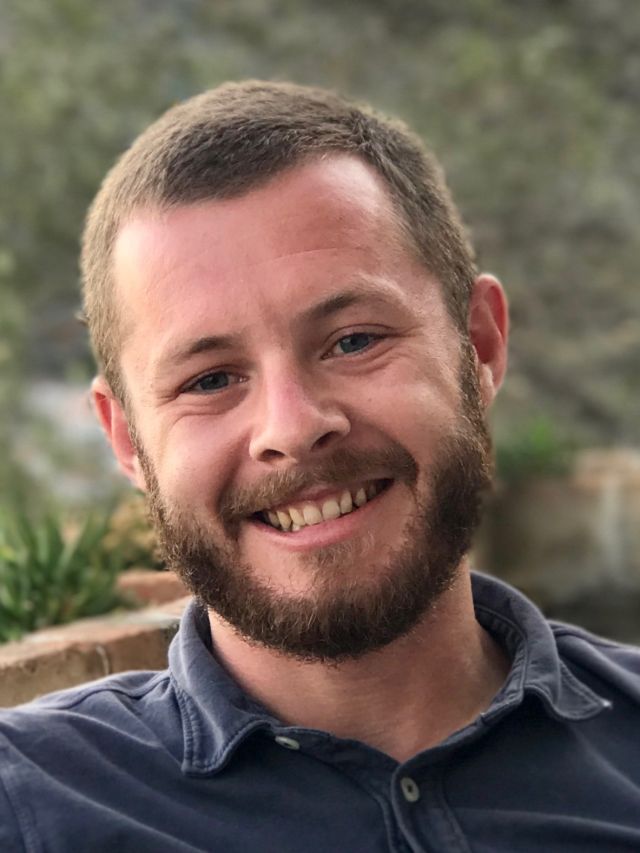Extracellular Matrix Viscoelasticity Regulates Cell Fate

Ryan Stowers, Ph.D.
Assistant Professor
Dept. of Mechanical Engineering
University of California, Santa Barbara
Tuesday, December 3, 2019
ESB #2001
11am-12pm
*Light refreshments will be provided*
Abstract:
In the body, cells are surrounded by a scaffolding of biopolymers that provide physical support and biochemical cues, known as the extracellular matrix (ECM). Hydrogel cell culture models have been used to reveal that properties of the ECM, notably matrix stiffness, can regulate a host of cellular behaviors, such as migration, division, differentiation, and even cancer progression. ECM is often viscoelastic, displaying stress relaxation in response to strain, and recapitulating complex aspects of native ECM, such as dynamic remodeling and viscoelasticity, remains challenging. We are working to develop 3D hydrogel platforms that allow for tuning of matrix viscoelasticity to better understand the biological impact and pathways involved in mechanotransduction. Further, key aspects of mechanotransduction, such as the effect of mechanics on the epigenome, are not well understood. In this talk, I will discuss how matrix viscoelasticity regulates cell volume to govern stem cell differentiation, the development of stress relaxing hyaluronic acid and collagen I interpenetrating networks, and how matrix stiffness can induce epigenomic remodeling leading to a tumorigenic phenotype in a breast cancer model.
Bio:
Dr. Ryan Stowers is an assistant professor in the Department of Mechanical Engineering at the University of California Santa Barbara. He obtained his B.S. in Bioengineering from Clemson University and his Ph.D. in Biomedical Engineering from the University of Texas at Austin in the laboratory of Dr. Laura Suggs. Following his doctoral research, Dr. Stowers was an NIH Ruth L. Kirschstein postdoctoral fellow in the Department of Mechanical Engineering at Stanford University in the laboratory of Dr. Ovijit Chaudhuri. His research focuses on developing 3D hydrogel cell culture platforms to mimic native extracellular matrix properties and utilizing these platforms to determine molecular mechanisms by which extracellular matrix regulates cell phenotype.